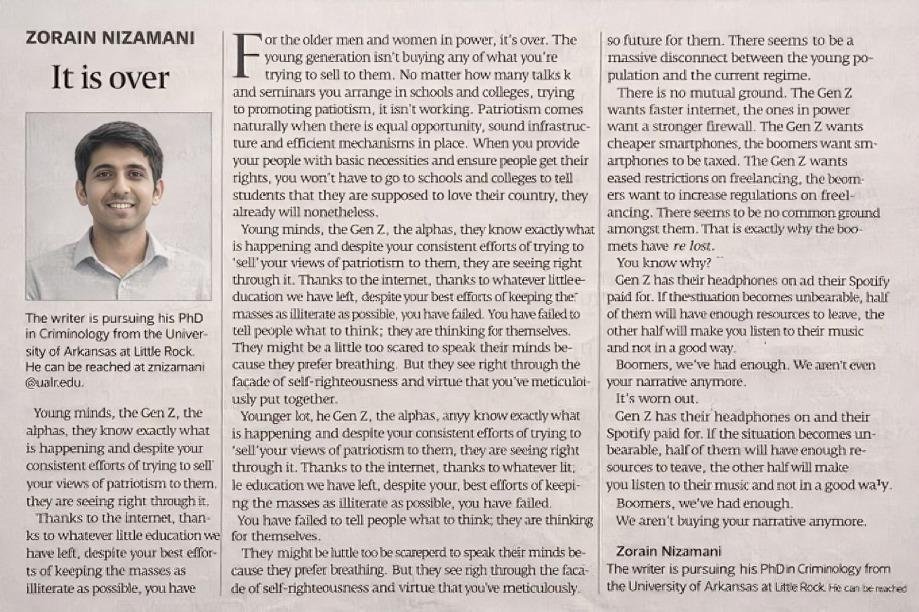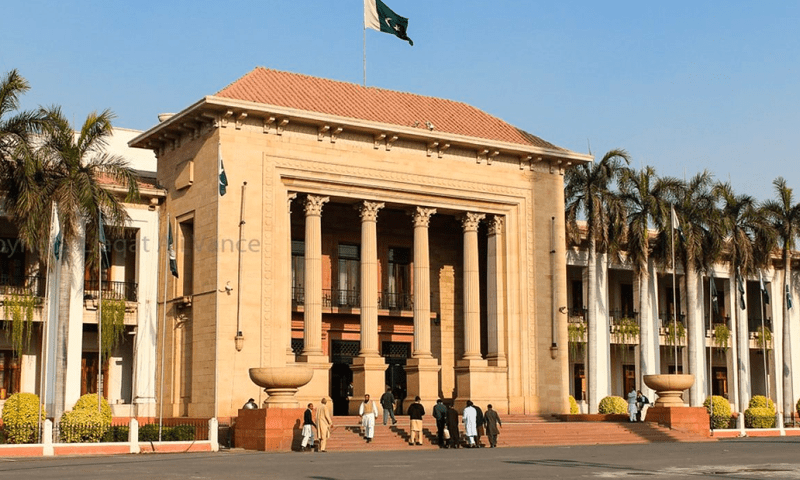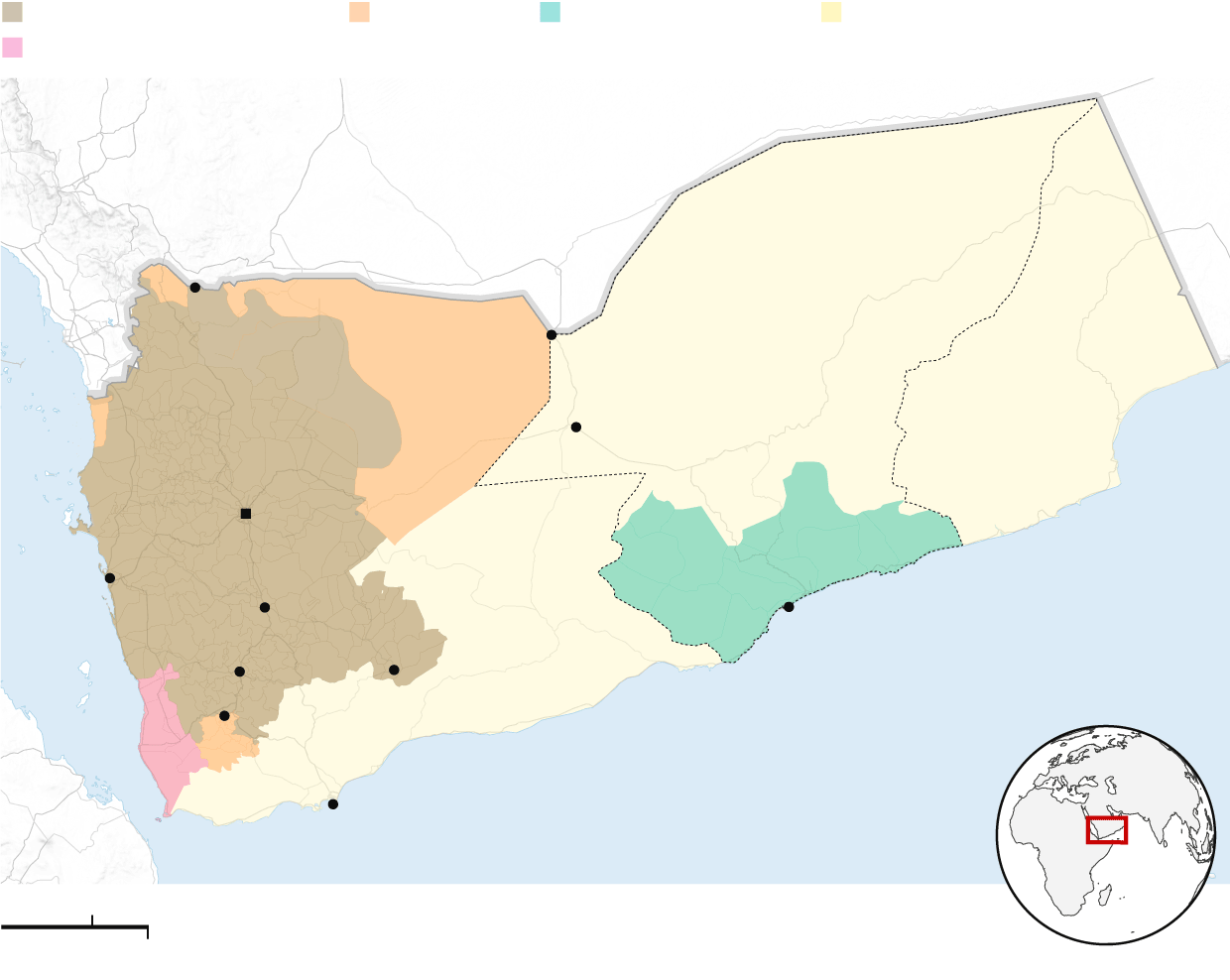Editorial
One of the most effective ways to delve into history is through ancient artifacts and archaeological sites, which illuminate past civilizations and their enduring legacies. Sindh is rich in such historical landmarks, with roots dating back to the British colonial period and the Mughal era. Recognizing the importance of safeguarding this rich cultural heritage, the Sindh government has demonstrated its commitment by enacting the Sindh Cultural Heritage (Preservation) Act. This legislation designates historical sites and structures as ‘protected heritage’, shielding them from destruction, harm, or desecration.
Recent developments have underscored the urgent need for preservation efforts. The Sindh archaeology department has taken legal action against two individuals involved in attempting to demolish the Tahirbhoy Muhammadali heritage building following public outcry sparked by prominent architect and researcher Marvi Mazhar. Authorities have promptly sealed the building pending further action. Unfortunately, such incidents are not isolated, as numerous similar structures have fallen victim to demolition to make way for modern development. Illegal constructions and demolitions, particularly in Karachi, where land disputes are prevalent, persist due to inadequate enforcement and support. Furthermore, there is a lack of awareness regarding the significance of historical preservation. Beyond the aesthetic appeal, preserving cultural heritage nurtures a collective identity, fosters national pride, and enables a deeper understanding of historical events, such as the British rule and the subsequent partition, grounding us in our legacy.
To safeguard our invaluable history, the relevant authorities must be empowered. The urgent need for a robust monitoring system cannot be overstated, as it is crucial to promptly address incidents of destruction or harm to historical sites. Additionally, the government could consider transforming these sites into mini-museums, offering both cultural value and potential economic benefits.














